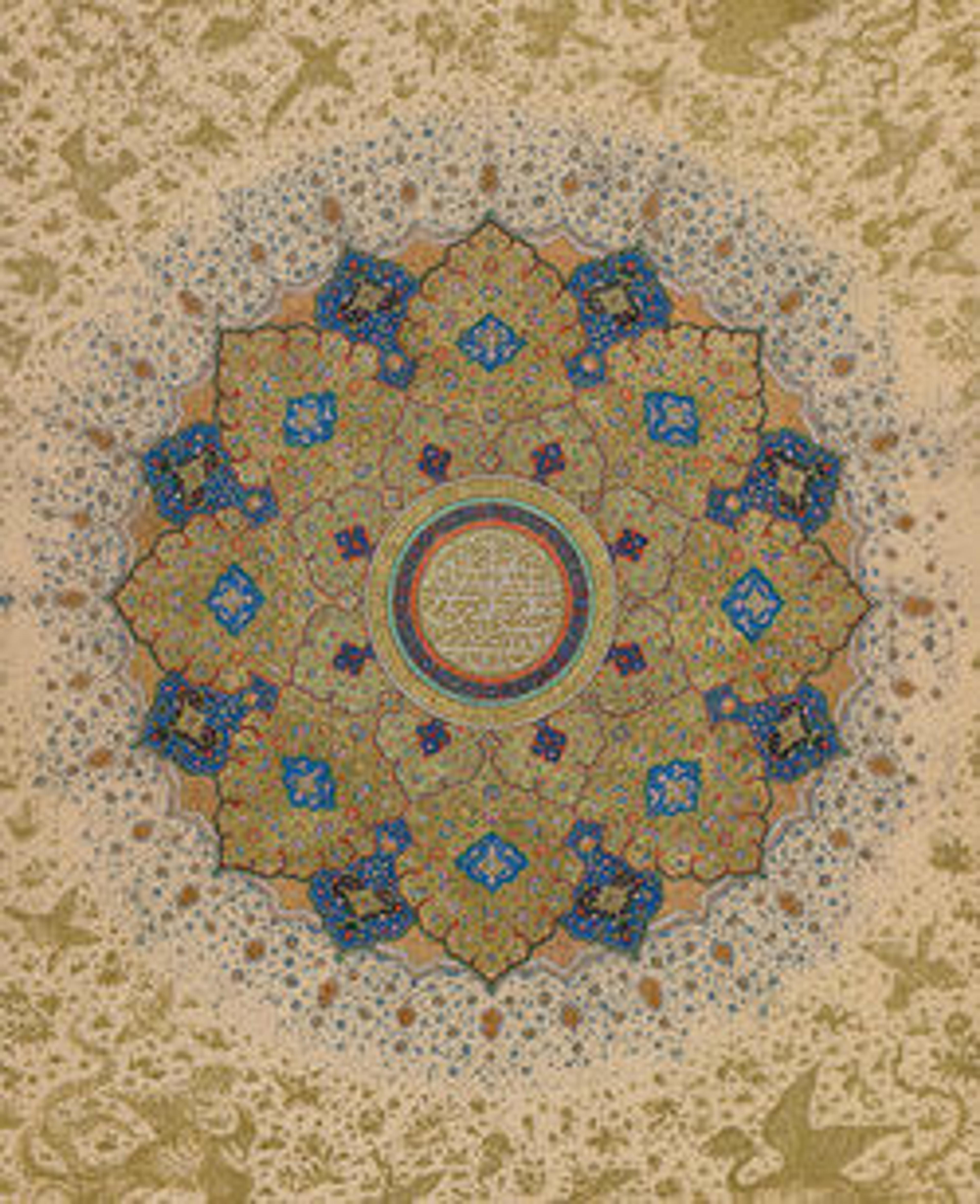Two Lohans
Images of ascetic figures such as these, referred to as lohans in Buddhist tradition, appear regularly in Chinese art. This drawing, however, is inscribed in the lower left "Siyah Qalam" (literally, Black Pen), linking this tinted drawing to a series of similarly inscribed pieces preserved in albums in Istanbul's Topkapi Palace Library. While these materials require further investigation, signed and dated pieces in the albums fall mostly within the reign of the Aq Quyunlu ruler Sultan Ya'qub (r. 1478–90), who reigned at Tabriz. Drawings such as this one may have been practice studies, after Chinese originals.
Artwork Details
- Title:Two Lohans
- Date:ca. 1480
- Geography:Attributed to Iran, possibly Tabriz
- Medium:Ink and transparent watercolor on paper
- Dimensions:Page:
H. 13 9/16 in. (34.5 cm)
W. 9 3/8 in. (23.8 cm)
Mat:
H. 24 in. (61 cm)
W. 19 1/2 in. (49.5 cm) - Classification:Codices
- Credit Line:Rogers Fund, 1968
- Object Number:68.48
- Curatorial Department: Islamic Art
More Artwork
Research Resources
The Met provides unparalleled resources for research and welcomes an international community of students and scholars. The Met's Open Access API is where creators and researchers can connect to the The Met collection. Open Access data and public domain images are available for unrestricted commercial and noncommercial use without permission or fee.
To request images under copyright and other restrictions, please use this Image Request form.
Feedback
We continue to research and examine historical and cultural context for objects in The Met collection. If you have comments or questions about this object record, please contact us using the form below. The Museum looks forward to receiving your comments.
